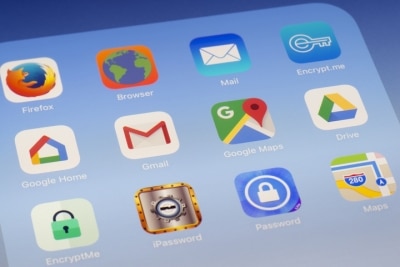Article
Five Things to do Before Responding to a Negative Tweet
September 6, 2011
OK, you’ve just noticed that someone has tweeted a negative or critical comment about your brand. What do you do? Here are five things you should do before responding to a negative tweet about your brand.
1 – Check the person’s profile and Twitter history
Applications such as HootSuite and TweetDeck make this as simple as a right click. You can check them out on their Twitter page or use Twitter Search to look over past tweets.
2- Check the facts first
Make sure you are certain of the facts about any given product or service issue which may exist at the heart of the matter before you reply. Hopefully your company has an integrated eCRM and you are either totally up to date or you can find out with a quick search. However, I still think it’s a good idea (unless you are 100% positive) to double check.
3- Read the initial tweet at least a couple of times over
You might even want to read it out loud. Since we don’t have all the subtle cues online that we rely on in real life, we can be fooled. We can misperceive a person’s intended tone and react defensively. Take your time, be sure you understand the tone and intent before you react and keep your tone always positive.
4- Check your baggage
Before you even write the tweet, be sure you aren’t taking the tweet personally. This is business and sometimes even the best brands can make mistakes. What really matters is how we deal with those situations. The consumer has an issue and they need you to help them correct it. Be the hero and help them find the right answers.
5 -When you do reply, remember: REO
Respect the vent zone
Empathize
Offer a clear path to a resolution
That last point above can be darn tricky in 140 characters. It’s quite possible that you might escalate the frustration if you direct the individual to a support link or even toll free support.
The better approach might be to connect via DM and give the person a direct email address to contact you – not a generic support one either – I think it’s best to introduce the customer to a CS person directly to continue the process via email or other channel.
When it’s simple critical feedback I like to keep it in the open (your response is your contribution to the social conversation about your brand) but when there is an issue specific to the user, I think you should switch to a channel which enables more verbosity.
Trolls are an entirely different matter. They can be as tricky to communicate with as a letter bomb. I’ll save that subject for another post.
The State of Brand Loyalty in the U.S. in 2023
Related



